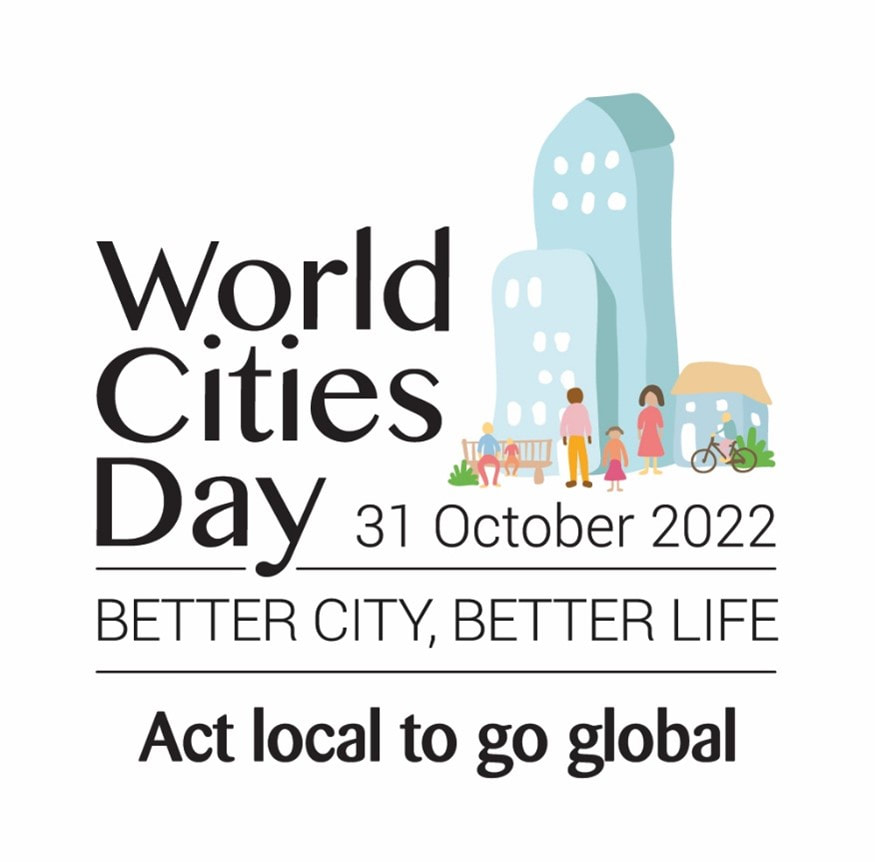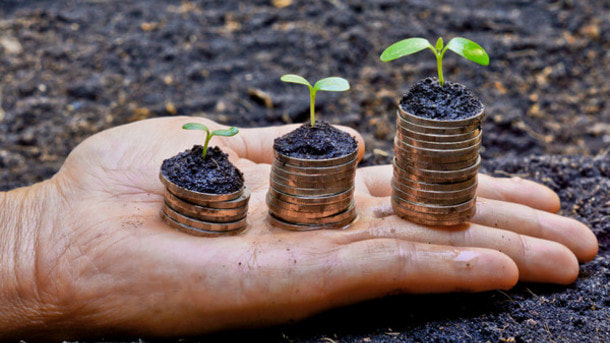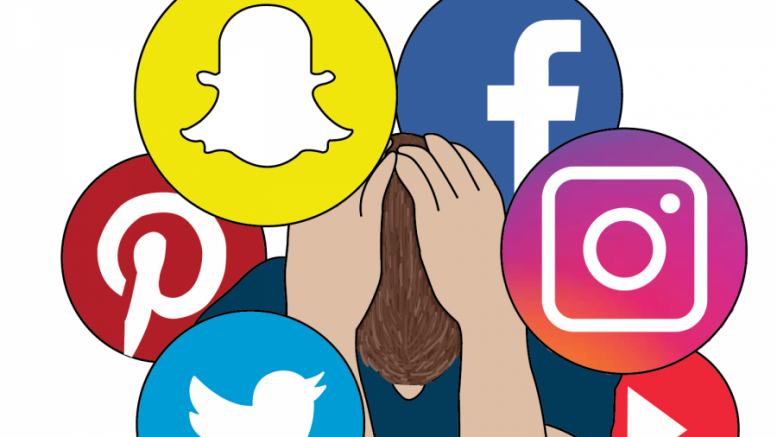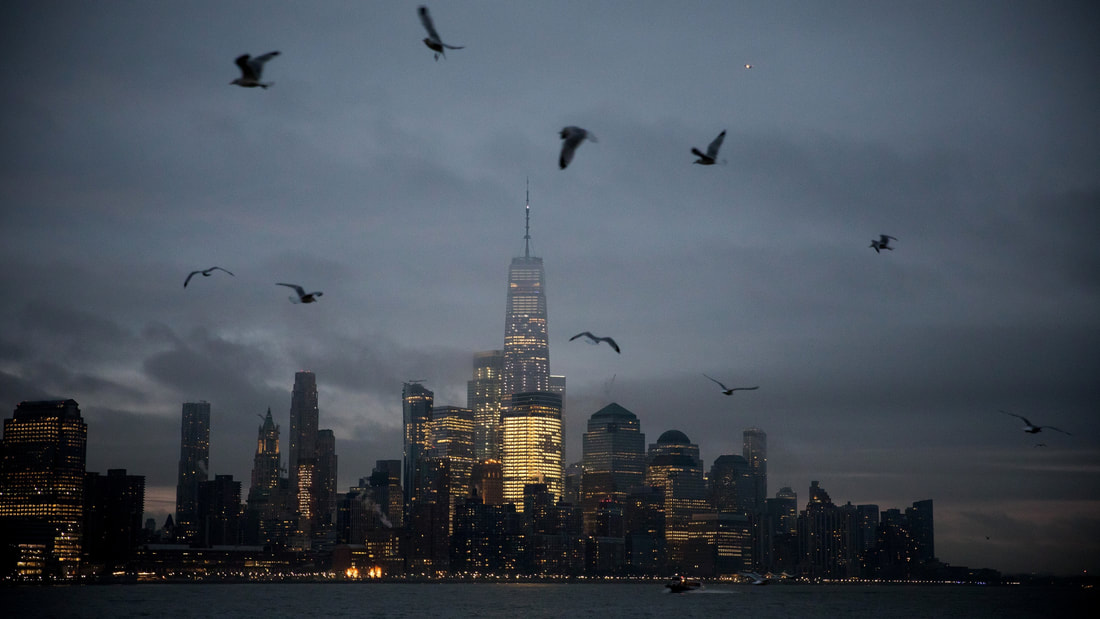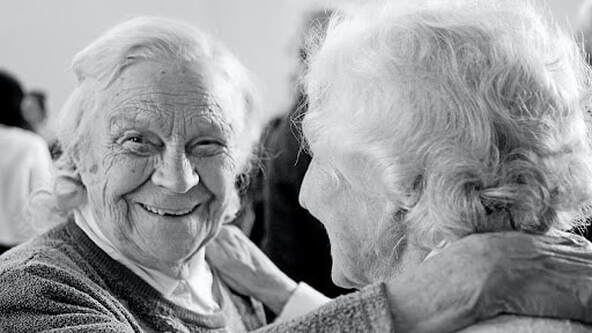Every year, the United Nations devote the month of October to urban spaces with "Urban October" in relation to the UN sustainable development goal 11: "Make cities and human settlements inclusive, safe, resilient and sustainable". This huge event starts with the World Habitat Day and ends with the World Cities Day on the 31st of October. For one month, I, you, we, can participate and take part in conversations to improve the quality of the urban way of life. NGOs, schools, governments, everyone has a word to say.
This 3rd of October, the "World Habitat Day" took place in Turkey. The theme? "Mind the Gap. Leave No One and No Place Behind". This International Day has the goal to find solutions to reduce the citizens' inequalities, especially since the COVID 19 pandemy, the climate crises and the several conflicts all around the world. These major events made us realize how unequal we are. According to the sustainable development goals 2022, "less than ⅓ of city dwellers have convenient access to public transportation in sub saharan Africa". Some parts of the world still don’t have access to running water or medication or live in bad conditions. Creating housing and opening the dialogue, this is what the World Habitat Day tries to avoid.
The 31st of October, contrary to popular opinion, is not only Halloween, but also World Cities Day. During this whole day in Shangaï, it’s not candies which are going to be collected but ideas to improve the life quality in cities and to make them more sustainable. Because of their attractivity and the opportunities they represent, cities gather half of the world's population and they grow everyday to welcome more people.
However, there are several bad consequences: a huge pollution, poverty, criminality and insecurity – a lot of controversy surrounding the cities. Actually, "99% of the world's urban population breathe polluted air". With the climate emergency, it became a priority to reduce the gas emission by creating more green spaces or cycle paths, to encourage people to use bikes instead of cars. Also, most of the poor people live in big cities, in bad conditions, sometimes on the street.
"Better city, Better life" is the motto of World Cities Day; and the 2022 theme "Act local to go global" will welcome members of governments from different cities. Round tables, debates, in a few days we will have the answers on how the cities can be more sustainable.
